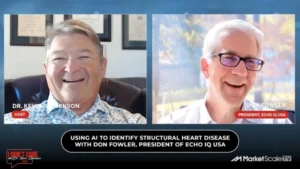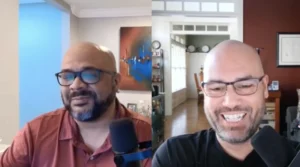Homeowners Can Cut Home Insurance Costs by Bundling, Increasing Deductibles, and Regularly Comparing Rates
As mortgage rates and home prices climb, homeowners across the United States are grappling with another financial hurdle: surging home insurance costs. States like Florida and Texas are seeing increases of up to 421% above the national average, primarily due to the rising frequency of severe weather and climate-related events. This trifecta of financial pressures is not only making homeownership more challenging but is also pushing some families to consider relocating.
How can families manage these spiraling costs without compromising their coverage or financial security?
Melanie Musson, a home, auto, and healthcare insurance expert, shares her insights on the increasingly challenging landscape of home insurance costs, drawing from her extensive experience in health, home, and auto insurance. Musson emphasizes the importance of proactive measures that homeowners can take to mitigate the financial impact of rising premiums, such as shopping for competitive rates, adjusting deductibles, and capitalizing on bundling discounts.
Here are the five key takeaways from Musson’s expert analysis:
- Shop Around for Better Rates: Loyalty doesn’t always pay. Homeowners should regularly compare insurance rates to ensure they are getting the best deal possible.
- Consider Increasing Your Deductible: Opting for a higher deductible can significantly lower monthly premiums. This strategy requires balancing potential savings against the risk of higher out-of-pocket costs when making a claim.
- Look for Bundling Discounts: Many insurance providers offer discounts when you bundle home and auto insurance. Comparing bundling options can lead to substantial savings.
- Understand the Risk vs. Premium Relationship: Higher risks from increased real estate values and more frequent claims drive premiums up. Awareness of this relationship can guide decisions on coverage levels and risk management.
- Be Proactive and Willing to Switch Providers: The insurance market is competitive, and being open to changing providers can lead to better pricing and services.
Article written by Sonia Gossai









